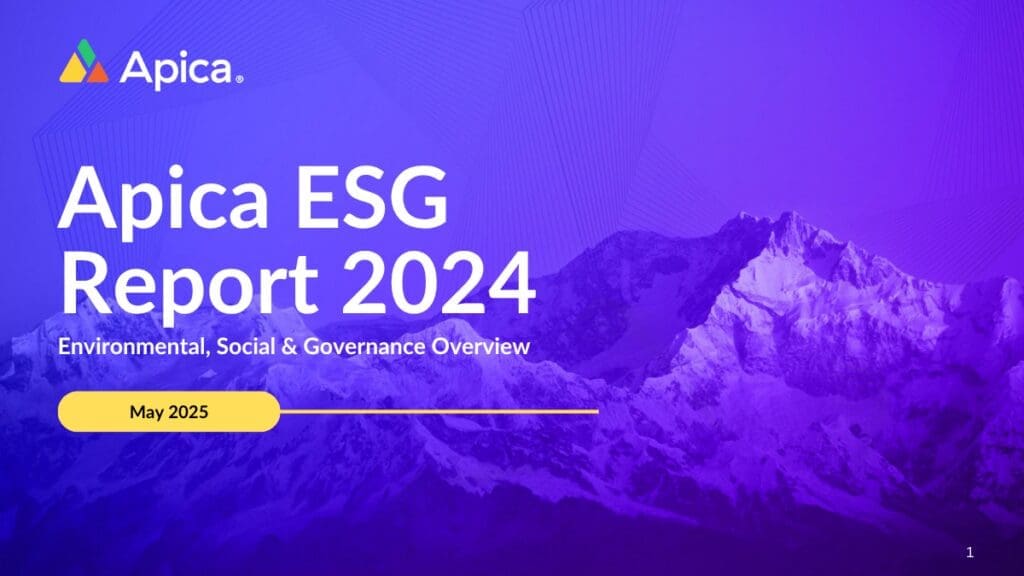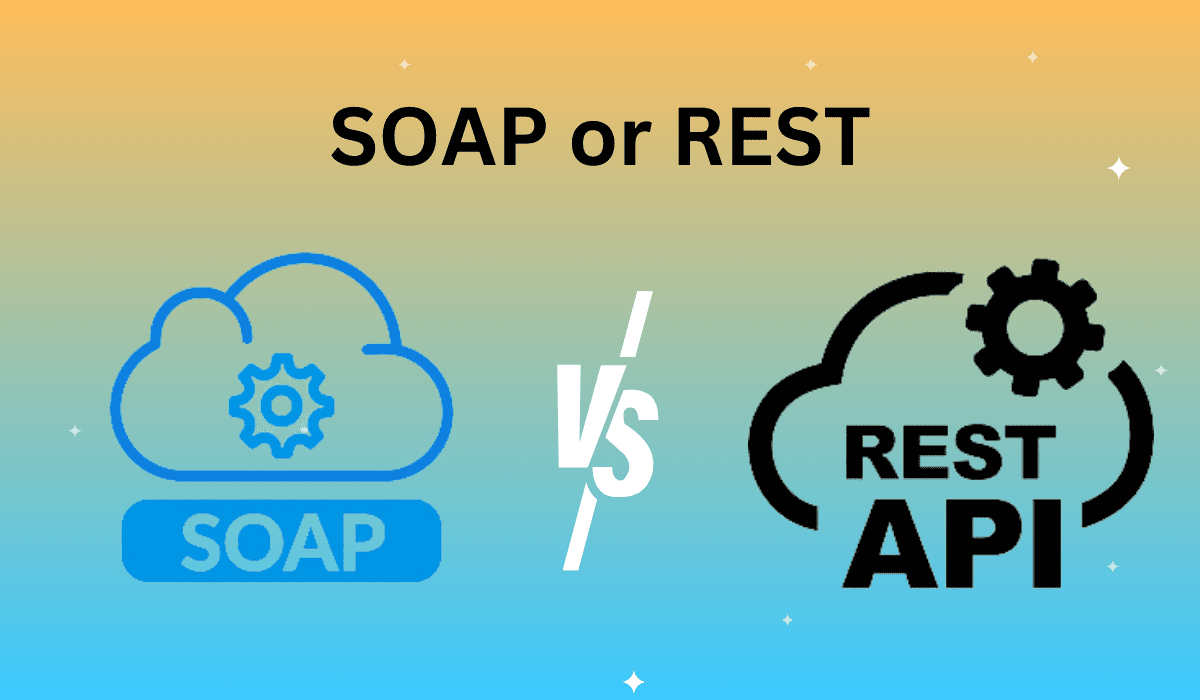Overview of APIs
Application Programming Interfaces are a vital part of what makes business communication operate efficiently and securely in an online environment.
APIs establish guidelines for software communication and operation. Without APIs, software would use wildly different methods to accomplish the same goals, requiring programmers to learn a whole new set of rules for each implementation.
In other words, it’s a set of standards that make it easier for new programmers to understand the work of their peers.
APIs are powerful tools that businesses can use to move incredible amounts of data across the Internet. However, API-based communication can introduce problems when uninvited third parties intercept data containing private information like financial records and passwords.
Unless the API implementation is secure, there’s a risk of exposing internal data and customer information.
SOAP and REST: Pros and Cons
How to decide between SOAP vs REST
1) REST supports multiple data output types, including XML, CSV, and JSON. SOAP can only handle XML. Because the JSON format is easier to parse than XML, using REST to send data in JSON can actually save on computer infrastructure costs by requiring less computing power to do the same job. JSON and CSV data is also considered easier to work with from a programming standpoint.
2) REST is also able to cache data transfers, so when another endpoint requests an already completed query, the API can use the data from the previous request. Alternatively, SOAP implementations have to process the query every time.
3) SOAP offers better support for Web Services specifications, often making it a stronger option when standardization and security are primary concerns. Both formats support Secure Sockets Layer for data protection during the transfer process, but SOAP also supports WS-Security for enterprise-level protection.
When you’re dealing with crucial private information like bank account numbers, it makes more sense to use SOAP. However, SOAP’s extra security isn’t necessary if you’re sending the day’s forecast to a mobile application.
While SOAP may sound like it has a total advantage over REST in this case, it comes down to how well the API is implemented. A good REST implementation can be more secure than a poorly-designed SOAP implementation. SOAP also has built-in error handling for communication errors via the WS-ReliableMessaging specification. REST, on the other hand, has to resend the transfer whenever it encounters an error.
Testing for API Security and Stability Is Essential
API testing is very different in nature from debugging a website or an application, because whether the software works or not depends on the processing servers and systems handling the heavy lifting.
APIs move a lot of data behind the scenes, and it’s not as obvious to spot when the implementation is working reliably. Errors in the data transfer requesting handling programming can cause incorrectly formatted responses, which the software won’t be able to use.
It’s extremely important that the API platform can handle all the concurrent users that will be accessing the services at the same time. Bottlenecks in the API can cause the service to respond slowly–and the negative effects can rebound in application functionality, website performance, and customer satisfaction. These problems can be compounded when it’s unclear which API endpoint is experiencing the problem.
A service like Apica’s API testing platform can simulate SOAP and REST API users in the testing portal to make sure your implementation is efficient and able to handle the workload. If it isn’t, the service can pinpoint any problematic areas.
Are You Ready to Achieve Peak Web and Mobile Performance?
Start a 6 month full-featured trial of Apica LoadTest or a 30-day trial of Apica WPM.
Start Your Free Trial!











